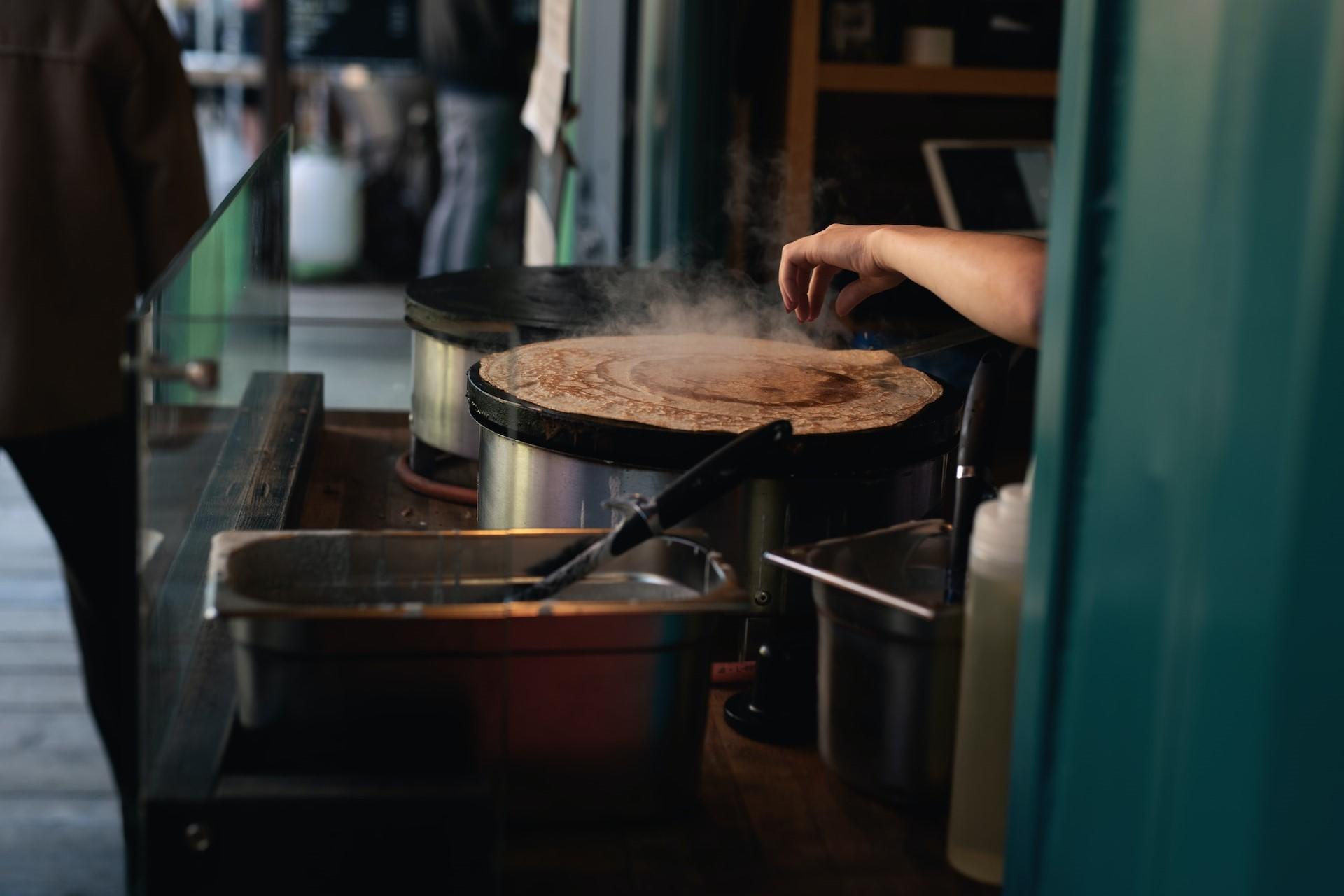The French love food and it's really common for nearly two-thirds of French people to cook for themselves at least once a week. A third of French people cook for themselves every day. If you're thinking this number seems low, you have to remember that there are often several people in a household and it's not as if every single member of the household is going to cook their own meal. They'll often be cooking for others, too!
Our point is that the French take food seriously and one of the most popular (and simple) recipes is for crepes so let's have a look at where they came from and how you can make them.

A Brief History of Crepes
Crepes are typically French, but they're also an international dish. Crepes are very similar to pancakes and depending on where they're made, in some cases, they may be identical.
Unlike pancakes, which can be done in a pan (hence the name), crepes are usually made on a pancake maker or crepe maker, which is a large edgeless hotplate that allows you to spread out the batter really thin.
The batter for crepes is made from milk and flour and French crepes are generally much thinner than American-style pancakes. Crepes can be sweet or savoury, eaten hot or cold (though we believe hot is much better), and enjoyed as a dessert or even a meal in their own right.
It's common to eat crepes with some kind of topping or filling and this can include sugar, chocolate spread, jams and jellies, vegetables, meats, or fish (though obviously not all at the same time!).
While the electric crepe machine is a somewhat modern invention, crepes are perhaps much older than you think. The very first precursor to crepes could be said to date back to 7,000 BCE, but they were obviously different to what we eat now. Firstly, these crepes were made from water and crushed cereals and made into a thick batter to be cooked on a stone. They also didn't use a crepe machine and instead cooked them on a flat stone.
The more modern version of crepes is still fairly old and originated in the 13th century in Brittany, France. The Breton crepe arose once buckwheat arrived in France from Asia and they were made much thinner than the related dishes that had existed for millennia. Breton crepes like this are usually called buckwheat pancakes or galettes.
The good thing about galettes is that they're gluten-free and pair wonderfully with vegetables and other savoury fillings and toppings. When flipping a galette, Breton tradition dictates that you hold a coin in your hand to bring you good luck for the whole year, though given how often galettes are consumed in Brittany, we doubt that your typical galette vendor does this every time.
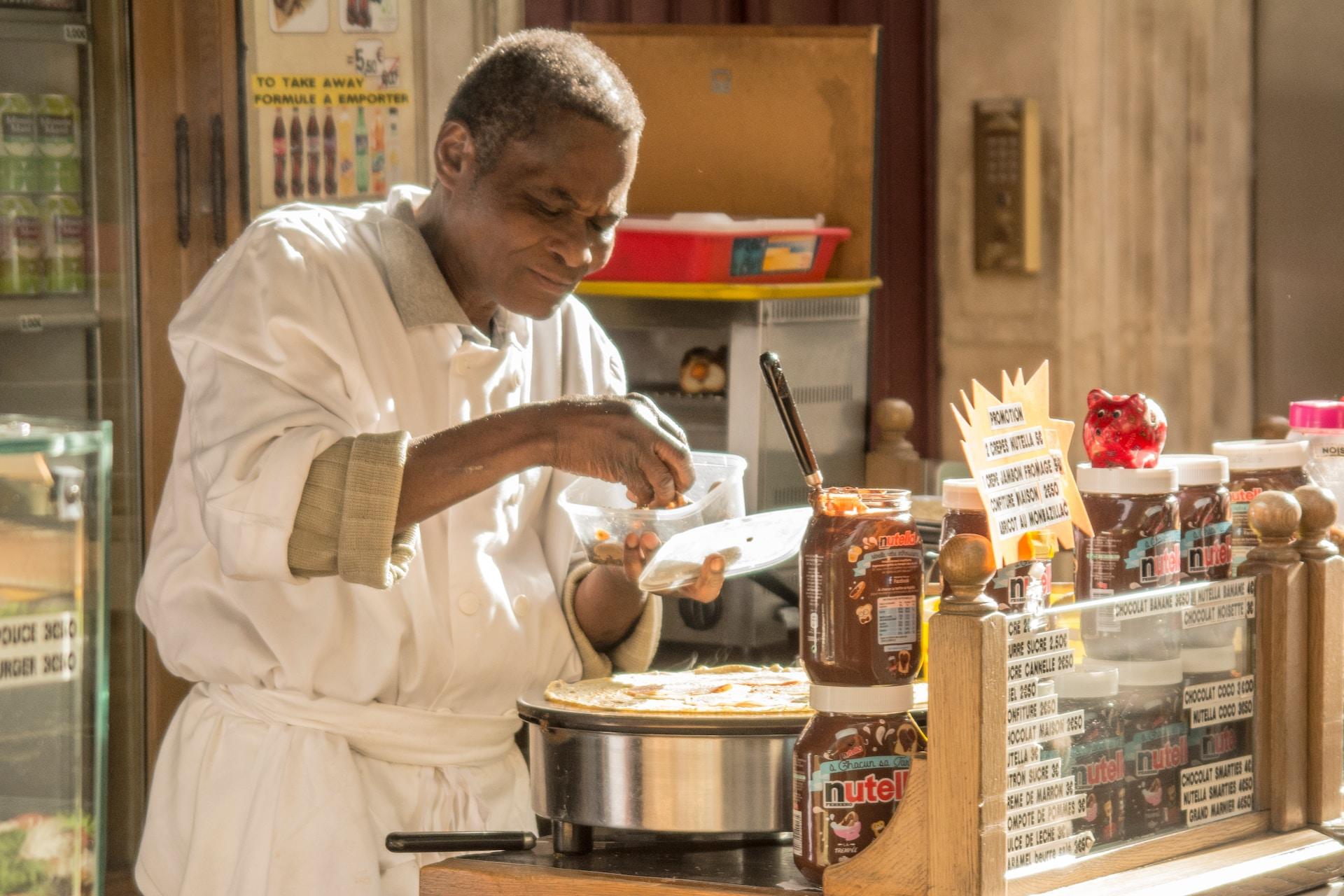
Galettes are different from crepes and pancakes since they use buckwheat flour instead of wheat flour. Both galettes and crepes are now very popular across France and there are many similar dishes around the world such as blinis and tortillas that could all be said to be somewhat related to the original dish from thousands of years ago. It's likely so popular because it's an easy recipe for beginners.
Making Crepe Batter
Crepes are quite easy to make and while it takes an expert to make the perfect crepe, it's surprisingly easy to make very good crepes.
Every good crepe relies on the batter. If you get the batter wrong, there's no saving your crepes. For about a dozen crepes, we recommend:
- 250g of flour
- 2 tablespoons of sugar
- 5g of salt
- 4 eggs
- 450ml of milk
- 50g of melted butter
The key to a good crepe is that your batter has the right consistency. Sieve your flour into a large mixing bowl or salad bowl. You won't want any lumps in the flour before starting.
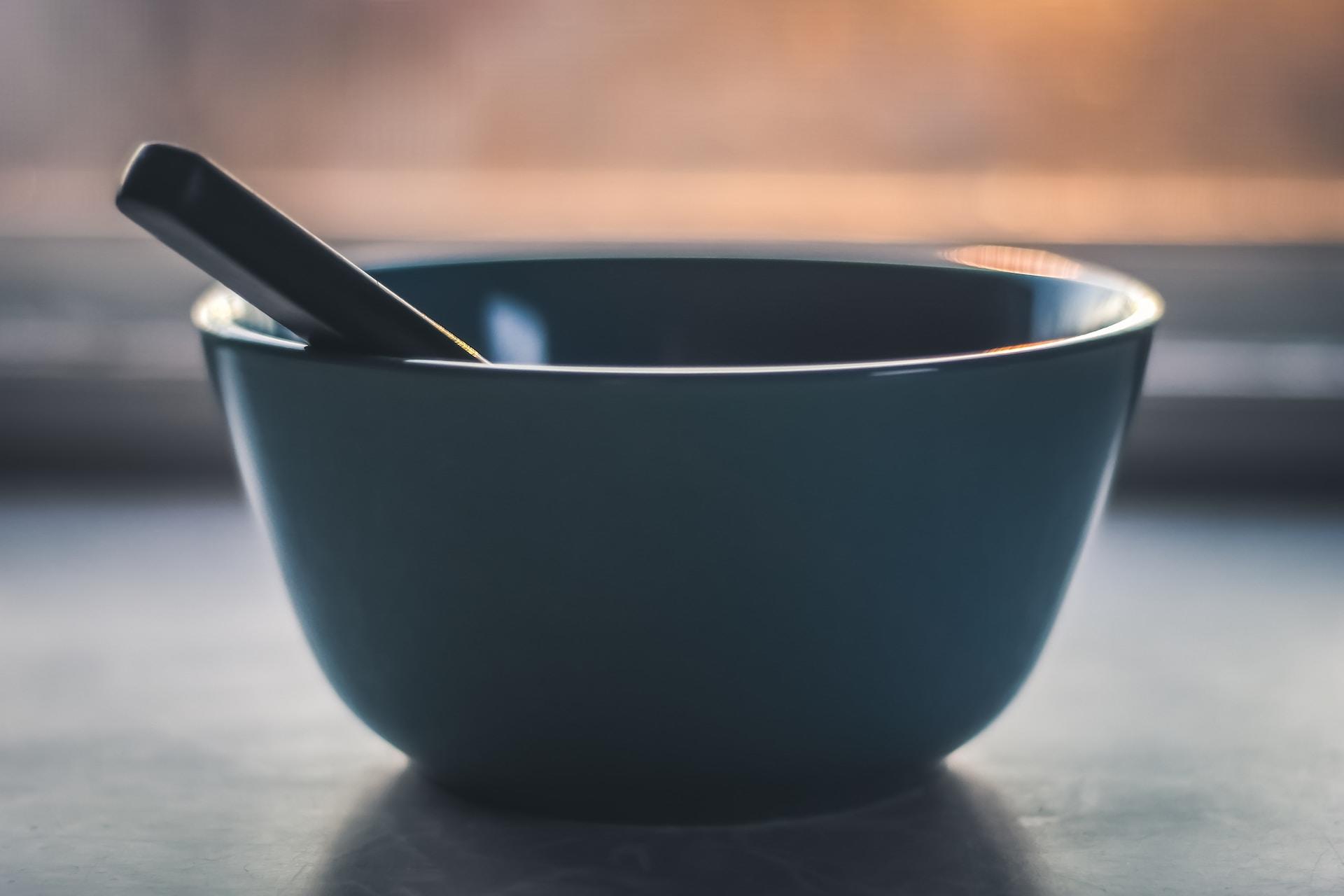
Create a recess in your flour so that you can put your eggs in. Mix the eggs and the flour together using a whisk while slowly pouring in some of the milk.
Once your mix is uniform, you can sprinkle in your salt and sugar, add the butter, and finally add the rest of the milk. Your batter needs to be smooth and thicker than water. The more you make crepes, the more you'll develop a feeling for how consistent you need the batter to be.
Much like when you make a quiche, proper preparation will pay off. Place your crepe batter into the fridge for an hour or two before using it.
How to Cook Crepes
With the right batter, there's much less that can go wrong. While crepes are usually done on a crepe maker or special crepe pan, you can use a frying pan.
Make sure you heat up your pan first because if your pan is too cold when you try to make your first crepe, you'll find it sticks. Once you've heated your pan, add oil to the pan with a paper towel or a rag.
You can attach the rag or paper towel to a spatula or similar using cooking twine so that you don't risk burning your hand, but we've even heard that a really French way to do it is by using some bread dipped in the oil. Any of these ways will work, but you don't want to pour your oil into the pan.
Now that your pan's hot and oiled, you can pour some of your crepe batter into the pan. You won't need a lot of it because crepes are supposed to be really thin. Pour it into the centre using a ladle and then tilt your pan to get it all the way to the edges and nicely thin and uniform across the whole pan.
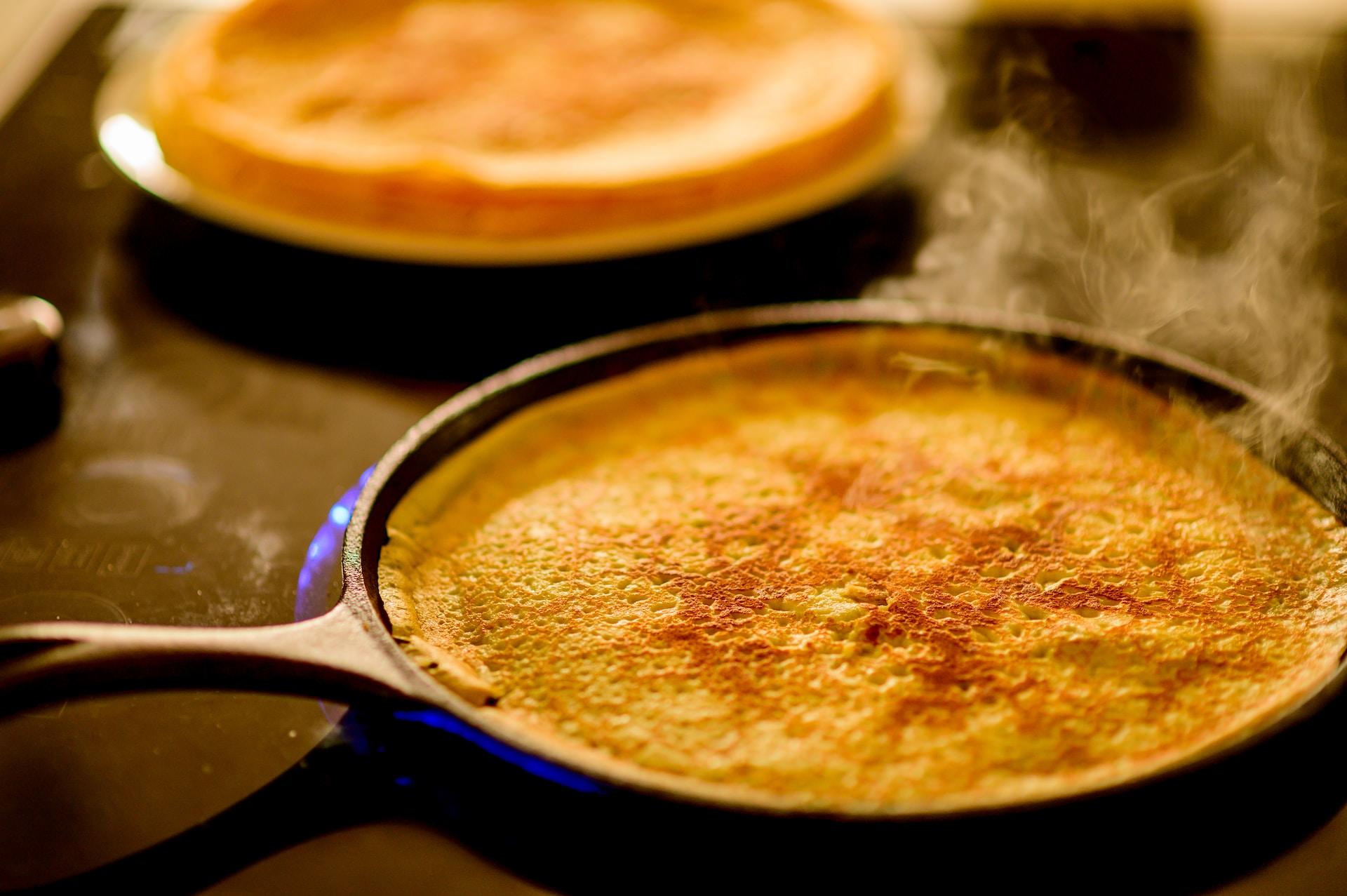
It should only take a minute or two on each side to cook. When the time comes to flip it, there are two ways to do it. Much like with pizza dough when you make your own pizza, the more flamboyant way is far more fun. You can take the pan and flip the crepe by launching it into the air, otherwise, you can just use a spatula.

How to Make Galettes
If you'd like to make galettes, the traditional buckwheat crepes from Brittany, this is what you'll need:
- 330g of buckwheat flour
- 10g of coarse salt
- 750ml of cold water
- 1 egg
The main difference here is that we're using water rather than milk and far more salt than in the sweeter crepe recipe. Just like you would for a béchamel when making a Croque monsieur, consistency is key. You don't want lumps in your galette batter so start by mixing the flour and the salt while slowly adding the water until the whole thing is smooth.
Now, you can add your egg to the mixture. Cover the mixture and leave it in the fridge for a few hours.
Cooking galettes is exactly the same as cooking crepes and you'll want to heat and grease your pan properly before starting. From there, it'll take a minute or two on each side and you can flip them the fun (albeit more risky) way or using utensils.
How to Cook Vegan Crepes
You can still make crepes by removing the non-vegan ingredients and replacing them with vegan alternatives. To make vegan crepes, here's what you'll need:
- 500g of flour
- 1 litre of soy milk
- 3 tablespoons of vegetable oil
- 100ml of beer or cider
Start by mixing the flour and vegetable oil into a large mixing bowl or salad bowl. Very lightly warm the soy milk and add it slowly to the mix.
From there, you can add beer, cider, or sparkling water to the mix. The bubbles in these beverages will help aerate the batter. Mix well and let this sit for twenty minutes.
The cooking process, just like for crepes and galettes, is exactly the same.
What to Have with Your Crepes
Making the batter and cooking your crepes is really just the beginning. Now the fun really begins as you get to choose what to have with them!
Toppings for Sweet Crepes
Sweet crepes can be eaten with chocolate, butter, sugar, or jams and jellies. You can even add ice cream, caramel, and most of the toppings you'd get with an ice cream.
For those who like a combination of sweet at savoury, a soft cheese like brie goes excellently with jam.
Savoury Crepes
Without any changes to your crepe recipe, you can also have crepes with savoury toppings. The most popular savoury topping for crepes in France is with cheese and ham, with Emmental often being the cheese of choice in this combination.
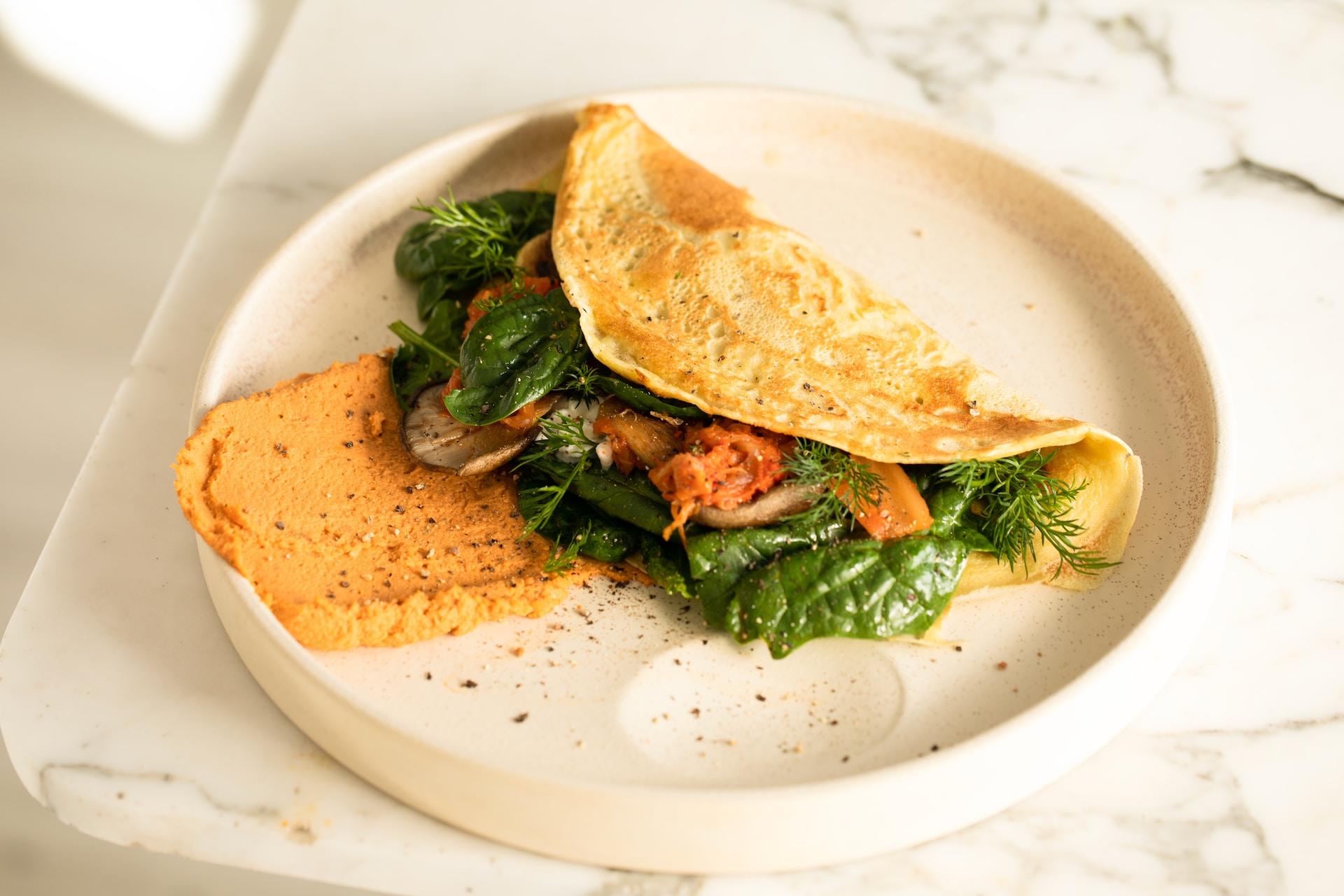
You can also have an egg on your crepe and it's a good idea to crack the egg onto your crepe just as you're finishing it so that the egg cooks but you don't risk burning your crepe.
Galettes and Breton Crepes
Brittany is considered the true home of crepes and galettes and there are toppings and recipes specific to the region. The rum crepe is one of the most popular and typical variations and you can make this by adding a few tablespoons of rum to your crepe batter right at the end before you start cooking them.
There are recipes, much like our vegan crepes, that call for olive oil, beer, cider, etc. which all bring their own flavour and style to the crepes.
The best way to get better at cooking is by regularly practising and getting help when needed. If you do need help, just look for cooking tutors on Superprof and you'll soon be making delicious crepes and galettes with their help!

